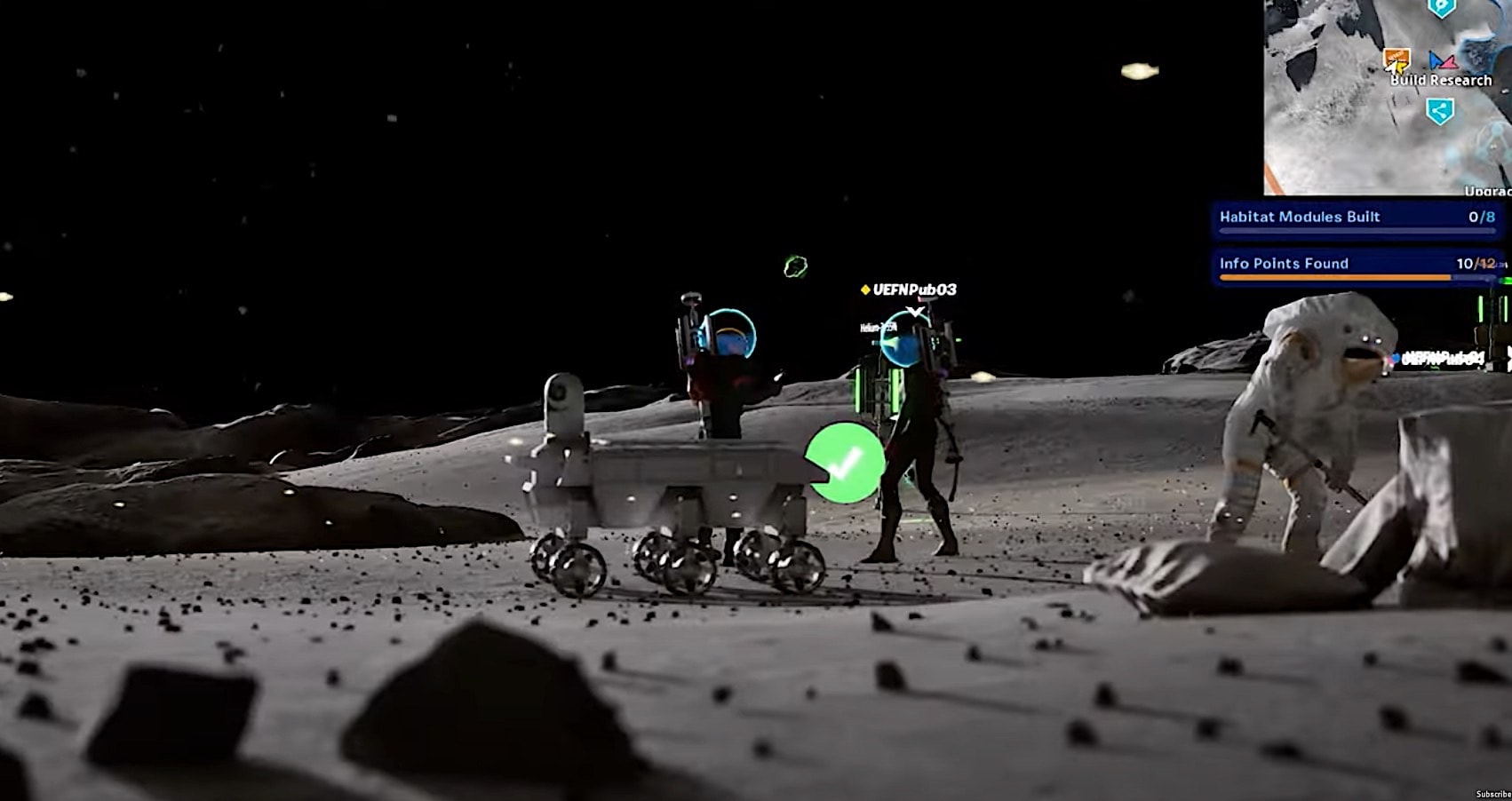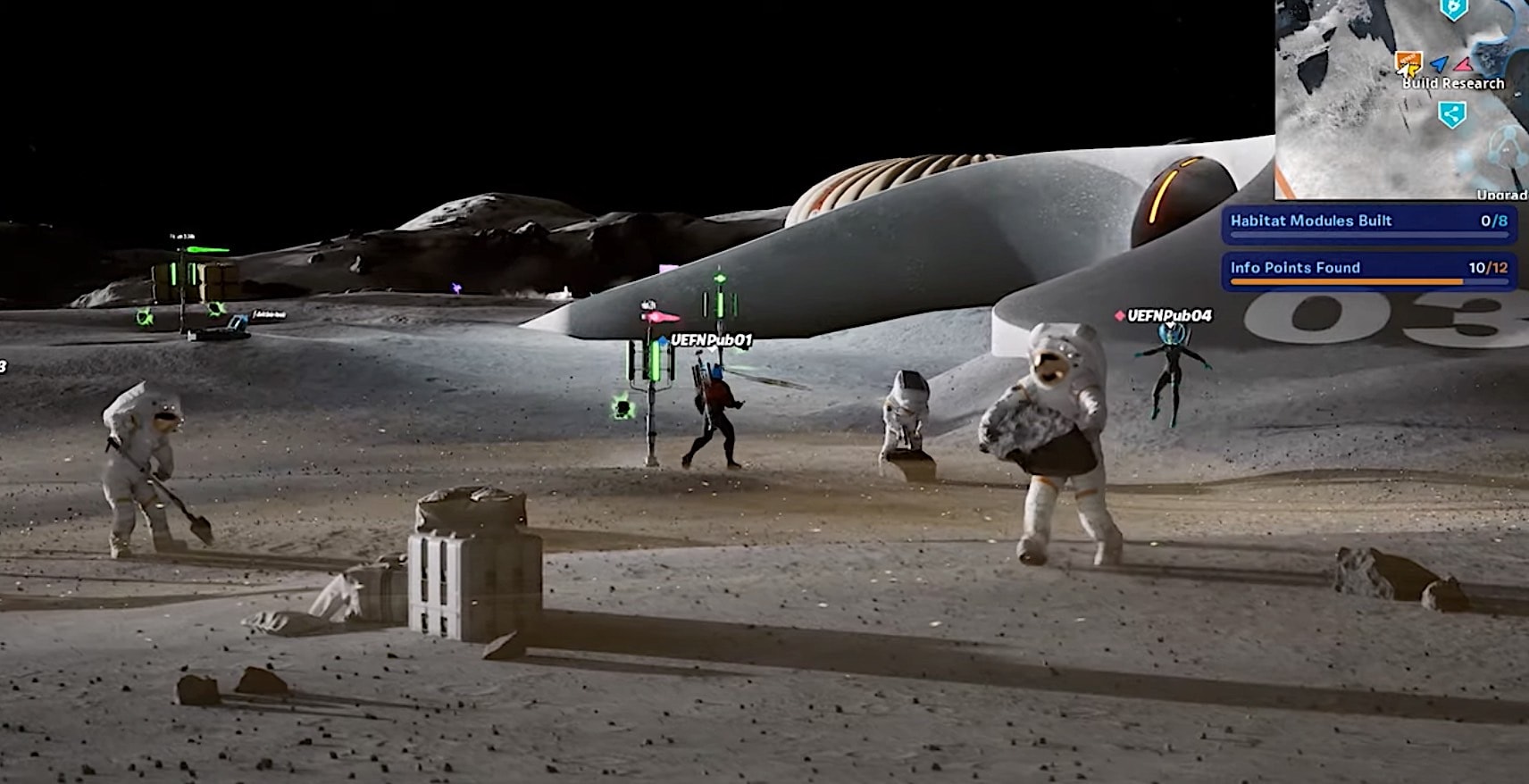The establishment of a permanent lunar presence necessitates a unified timekeeping system that aligns with Earth’s standards. In response to this challenge, NASA, under the direction of the White House, has initiated the Coordinated Lunar Time (LTC) project. This collaborative effort involves various stakeholders, both domestic and international, aiming to synchronize timekeeping across celestial bodies.
While atomic clocks are the foundation of Earth’s Coordinated Universal Time (UTC), their implementation on the Moon presents unique challenges. NASA’s research indicates that lunar surface clocks may experience a faster ticking rate, potentially leading to significant discrepancies.

To mitigate these issues, the project must carefully consider the optimal placement and number of atomic clocks on the Moon. The minuscule difference of 56 microseconds, seemingly insignificant on Earth, can have profound implications for space exploration.
This tiny time discrepancy, caused by the relativistic effects of space-time curvature, can lead to a positional error of 168 football fields for an object traveling at the speed of light. In the context of lunar missions, where precise navigation and timing are paramount, this error can pose significant risks to the safety and success of future lunar explorers. To mitigate these challenges and ensure the reliability of lunar operations, NASA is actively working to establish a precise time standard on the Moon.
This effort involves carefully selecting optimal locations for atomic clocks, which are incredibly accurate devices that measure time based on the vibrations of atoms. Additionally, NASA is developing a scalable timekeeping system that can be applied not only to the Moon but also to other celestial bodies in the solar system, such as Mars.

The Space Communication and Navigation (SCaN) program, which oversees a vast network of space missions, is spearheading this crucial research. By successfully establishing a lunar time standard, NASA aims to provide the foundation for safe, efficient, and coordinated lunar exploration, paving the way for future human missions to the Moon and beyond.

